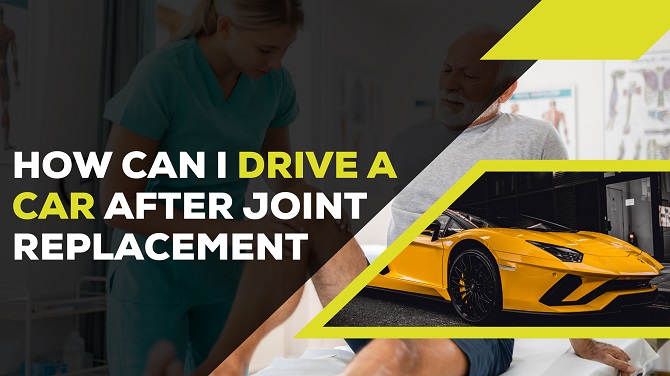How Can I Drive a Car After Joint Replacement
Essential Guidelines on How to Drive Safely After Joint Replacement Surgery
After undergoing joint replacement surgery, ensuring your safe return to driving involves following several essential guidelines. These steps will help you build confidence and promote your well-being as you transition back to driving.
Effective Tips for Driving Safely After Joint Surgery
Driving safely post-surgery requires adopting specific strategies and practices that cater to your unique recovery needs. Here are some effective tips to help you regain driving independence safely:
- Follow your doctor's recommendations and advice on when it's safe to resume driving.
- Take pain medications as prescribed to manage any postoperative discomfort effectively.
- Engage in physical therapy exercises to improve strength, flexibility, and mobility.
- Perform trial runs in less congested areas to gauge your readiness and adapt to driving again.
Understanding the Relationship Between Joint Replacement Surgery and Safe Driving
It is essential to understand how joint replacement surgery affects your ability to drive. This comprehension encompasses physical, mental, and legal components:
- Physically, your surgical site needs ample healing time to avoid complications or delays in pain relief.
- Mentally, your reaction time, decision-making, and focus must return to pre-surgery levels.
- Legally, some regions have restrictions or recommended waiting periods for driving post-surgery.
Factors Influencing Driving Readiness
Several factors play a role in determining when you're ready to drive again after surgery. These include:
- The type of joint replacement surgery you've undergone (hip, knee, or shoulder).
- Your overall health and physical condition.
- The speed and quality of your postoperative recovery.
- Any complications or setbacks experienced during your rehabilitation.
Understanding the General Timeline
A general timeline can provide guidance on when you might be ready to drive again. Typically, patients can start driving:
- Four to six weeks after hip replacement surgery if they meet specific criteria.
- Six to eight weeks after knee replacement surgery, depending on pain levels and mobility.
- Three to six months after shoulder replacement surgery, contingent on arm strength and range of motion.
Assessing Your Pain and Mobility
Your pain levels and mobility should be thoroughly assessed before deciding to drive again. Take the following steps:
- Carefully monitor your pain and adjust medications as needed under a healthcare provider's advice.
- Complete any prescribed physical therapy programs to regain necessary mobility.
- Consult with your doctor to ensure that you can execute essential driving motions, such as pressing pedals and turning the steering wheel comfortably.
Practicing Safe Driving Techniques
Implementing safe driving practices will prepare you for a smooth transition back to the road. Consider the following techniques:
- Start with short trips in familiar locations to rebuild your confidence.
- Avoid driving in heavy traffic until you're completely comfortable behind the wheel.
- Maintain an adequate following distance and avoid sudden manoeuvres.
- Ensure your seating ergonomics and vehicle setup support your postoperative needs for comfort and safety.




Comments
Post a Comment